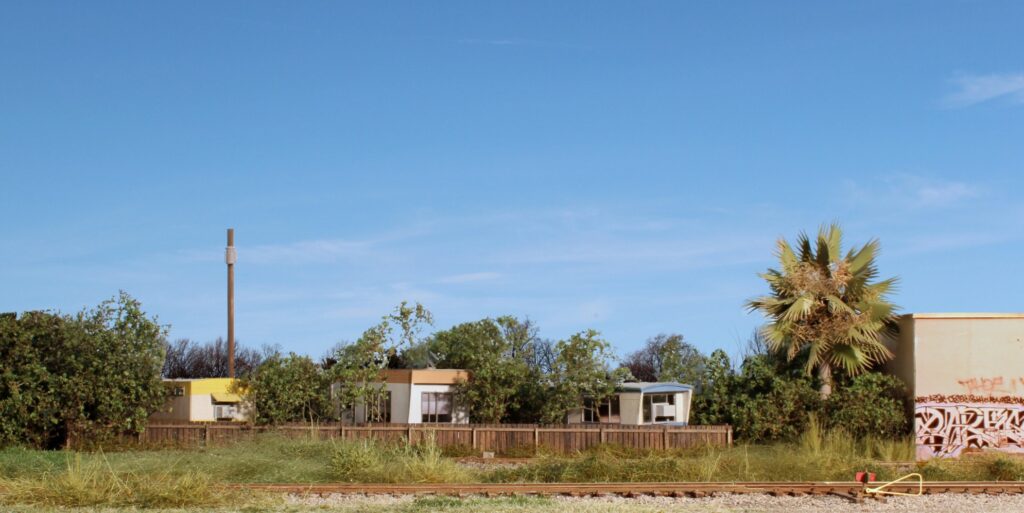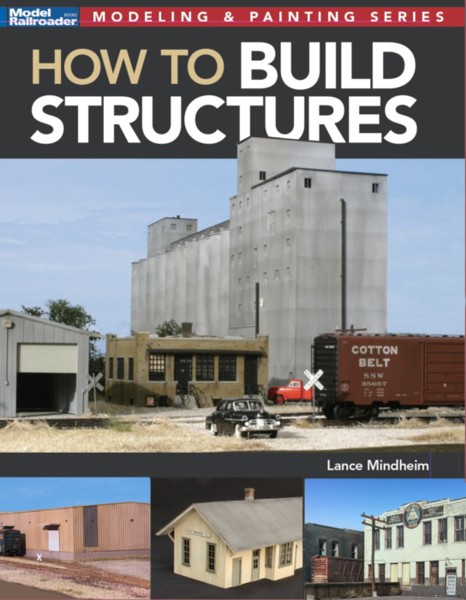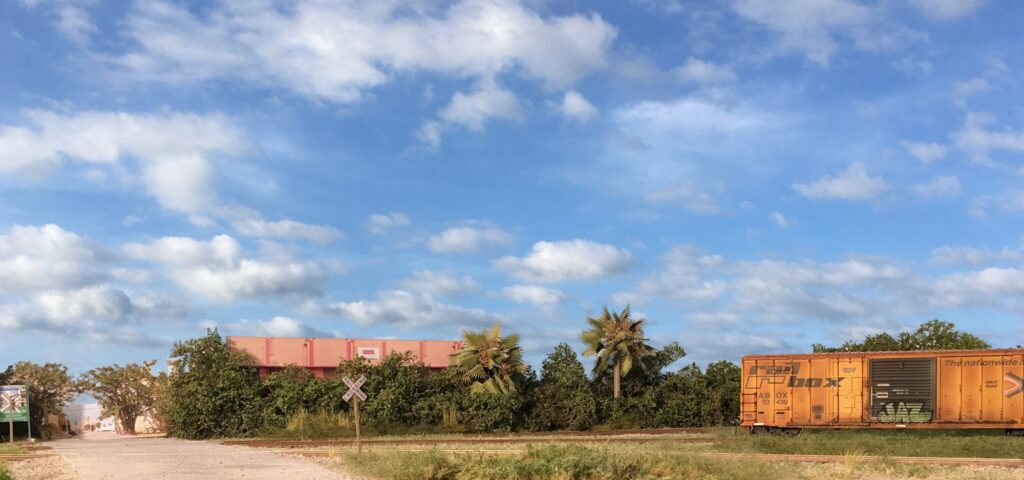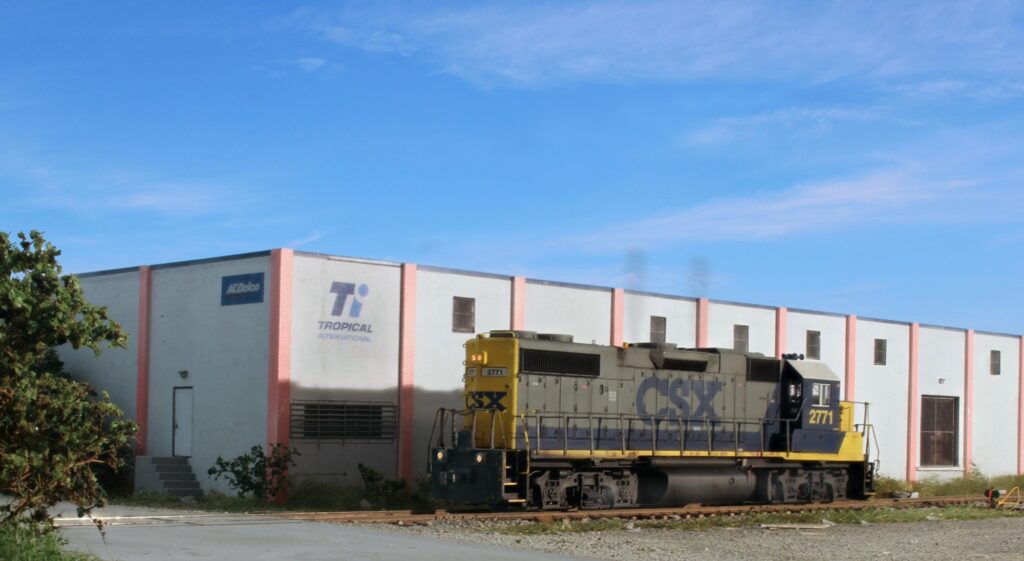My structures book now appears in the Kalmbach Books storefront with a projected availability date of May 1.
Model Railroad Blog
East Rail March 12
New East Rail Video
I’ve come to realize that the vast majority of my photos are closeups and art shots. That makes it a little hard to see how things fit together. To that end I just filmed a short overview/pan side-to-side video of the East Rail layout. You can see it HERE. (Recorded in 1080HD)
East Rail’s Mobile Home Park

Mobile home parks are a common feature of South Florida’s landscape, particularly around the industrial parks. The above scene is a very close replica of that on my original East Rail layout. In my current iteration, the structures are from Inter-Action Hobbies. Their laser cut kits skew more to the craftsman end of the spectrum and are better models than what was available fifteen years ago.


